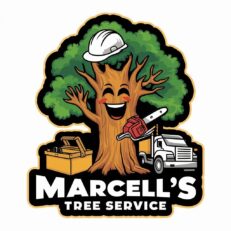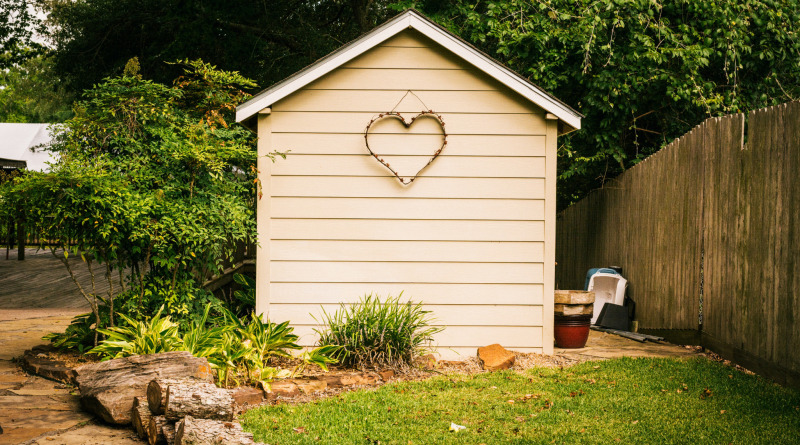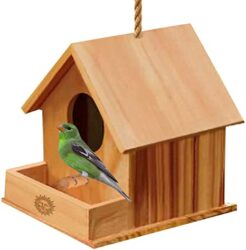Overgrowth
Overgrowth is a common problem that trees can face, and it can be caused by various factors, such as favorable growing conditions, lack of pruning or maintenance, or improper planting. Here are some of the issues that overgrowth can cause:
- Reduced sunlight and air circulation: Overgrown trees can block sunlight and airflow, preventing other plants from thriving and potentially leading to the growth of moss or mold.
- Interference with power lines: Overgrown trees can interfere with power lines, leading to power outages or safety hazards.
- Structural damage: Overgrown branches can put pressure on the tree’s structure, leading to breakage or failure.
- Property damage: Overgrown branches can cause property damage if they fall on buildings, vehicles, or other structures.
- Pest infestations: Overgrown trees can attract pests, such as rodents or insects, that can cause damage to the tree or surrounding property.
- Reduced tree health: Overgrown trees may not receive adequate sunlight, nutrients, or water, leading to reduced health and potentially making them more susceptible to disease or insect infestations.
To address overgrowth, it’s essential to consult with a professional tree service to determine the best course of action, which may include pruning or trimming to reduce the size of the tree, thinning to improve sunlight and air circulation, or removal of branches or the entire tree in severe cases.


